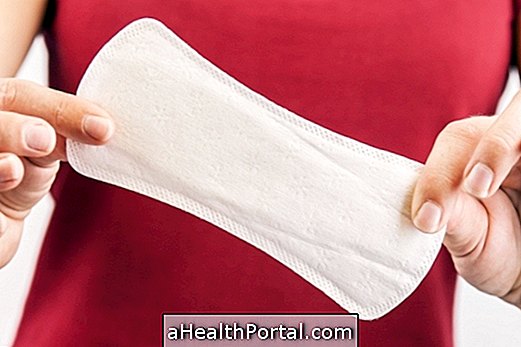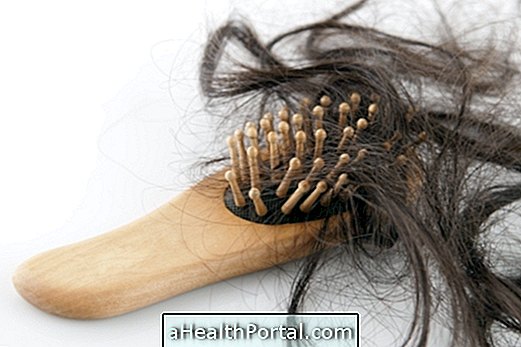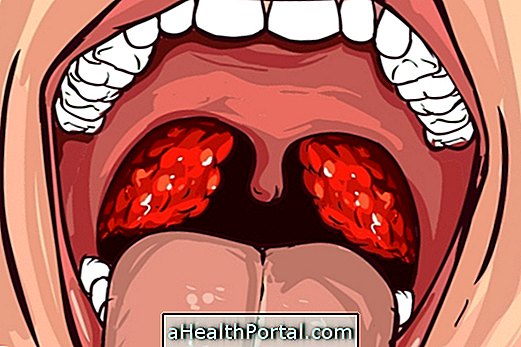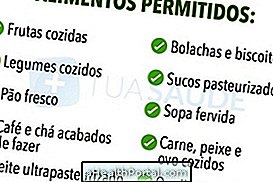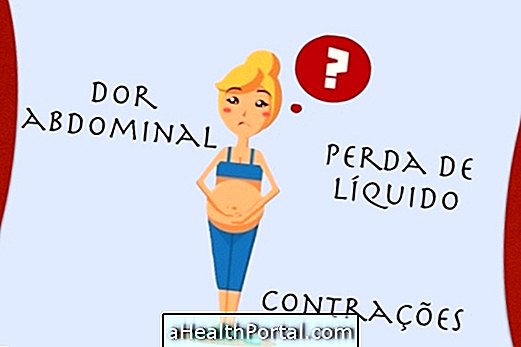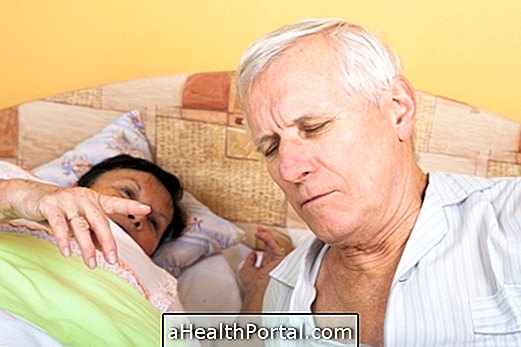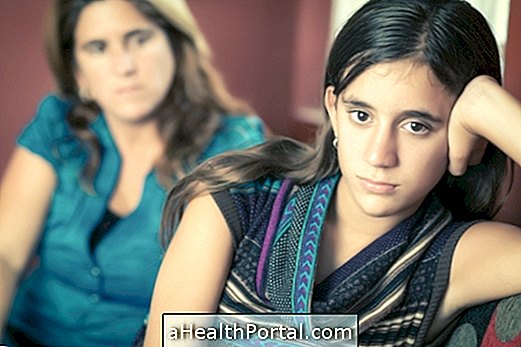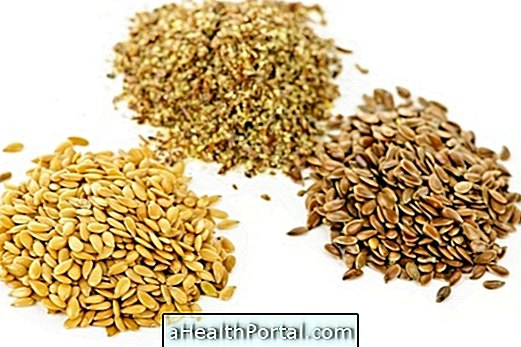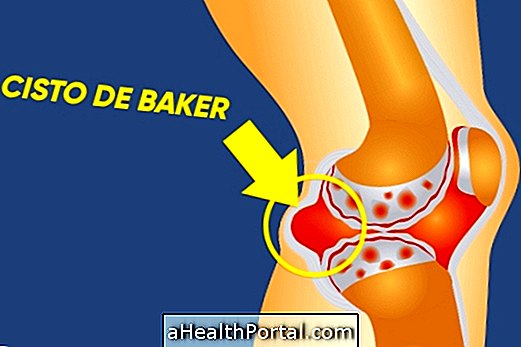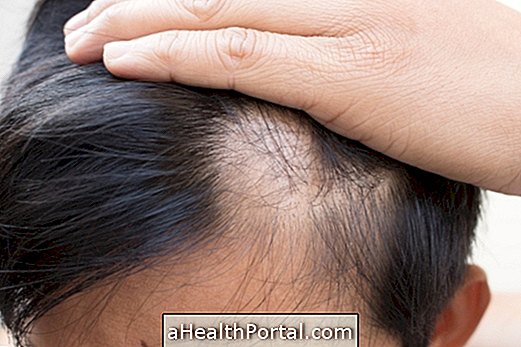Sunstroke can be a serious problem that can even cause serious dehydration and burns of 2nd or 3rd and is caused by excessive and irresponsible sun exposure.
Thus, to avoid having sunstroke, it is important to avoid sun exposure in the hottest hours, between 12 a.m. and 4 p.m., and wear sunscreen, hats or caps, and wide and fresh clothing.
Symptoms of Heat Stroke
Some of the main symptoms that may indicate that you are getting sunstroke when you are exposed to the sun are:
- Strong headache;
- Excessive heat and sweat;
- Feeling of fever;
- Burning sensation on the skin and red skin;
- Dizziness or bad mood.
- Vomiting and diarrhea.
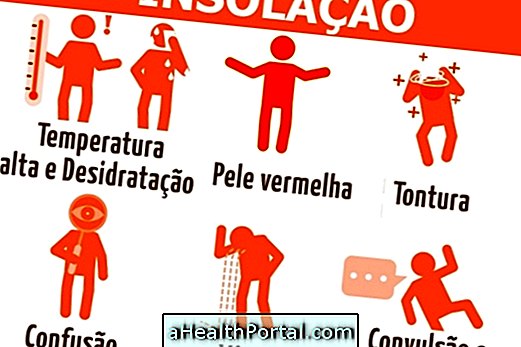
Although sunstroke symptoms are more frequent on the beach or in the pool, sunstroke can also happen when you are walking the streets in the hot sun, especially during hot summer. So be aware of the onset of symptoms and protect yourself from the sun whenever possible. Find out what the symptoms of sunstroke are.
What to do in case of sunstroke
If you experience any of the sunstroke symptoms, it is recommended:
- Sheltering from the sun somewhere cool and airy;
- Drinking liquids to hydrate, such as water or fruit juices;
- Bathe in cool water and apply compresses with saline or chamomile tea on the skin to help refresh the body.
- Spray a moisturizing cream or a post-sun lotion over the entire body.
However, if your symptoms do not improve after a few minutes and if you continue to have dizziness or a severe headache, you should ask someone to take you to the UPA or hospital. See more about what you can do in case of sunshine in What to do in case of Sunbathing.

Major hazards of heat stroke
A sunstroke beyond mild symptoms such as headache, dizziness and excessive perspiration can also bring more serious health hazards such as:
- Increased chances of having sunburns of 2º or 3º;
- Dehydration;
- Failures in perspiration mechanism and fever;
- Convulsions;
- Brain damage.
Therefore, to avoid these hazards, it is important to be able to identify the main symptoms of sunstroke early and to take the necessary care to prevent this happening, with children and the elderly being the most at risk.
How to prevent sunstroke
To prevent sunstroke, there are some cautions and tips that are critical, such as:
- Spend adequate sunscreen for your skin type at least 15 minutes before getting under the sun. Here's how to know the best protector for your skin type in Sunscreen: Find out what's best for your skin and how to use it
- Drink plenty of fluids throughout the day, especially on very hot days;
- Do not stay under the sun in the hottest hours between 12 noon and 4:00 p.m., trying to shelter yourself in shady, cool and airy places;
- If you are on the beach or constantly in the water, you should try to wear sunscreen every 2 hours to ensure maximum effect;
- Wear hats or caps to protect your head and wide, fresh clothing to protect your body from sunburn.
The treatment for sunlight is usually simple, it is only necessary to shelter in a cool and airy place and drink liquids such as water and fruit juices, but it is important to always be very attentive to the first signs and symptoms that may arise.

